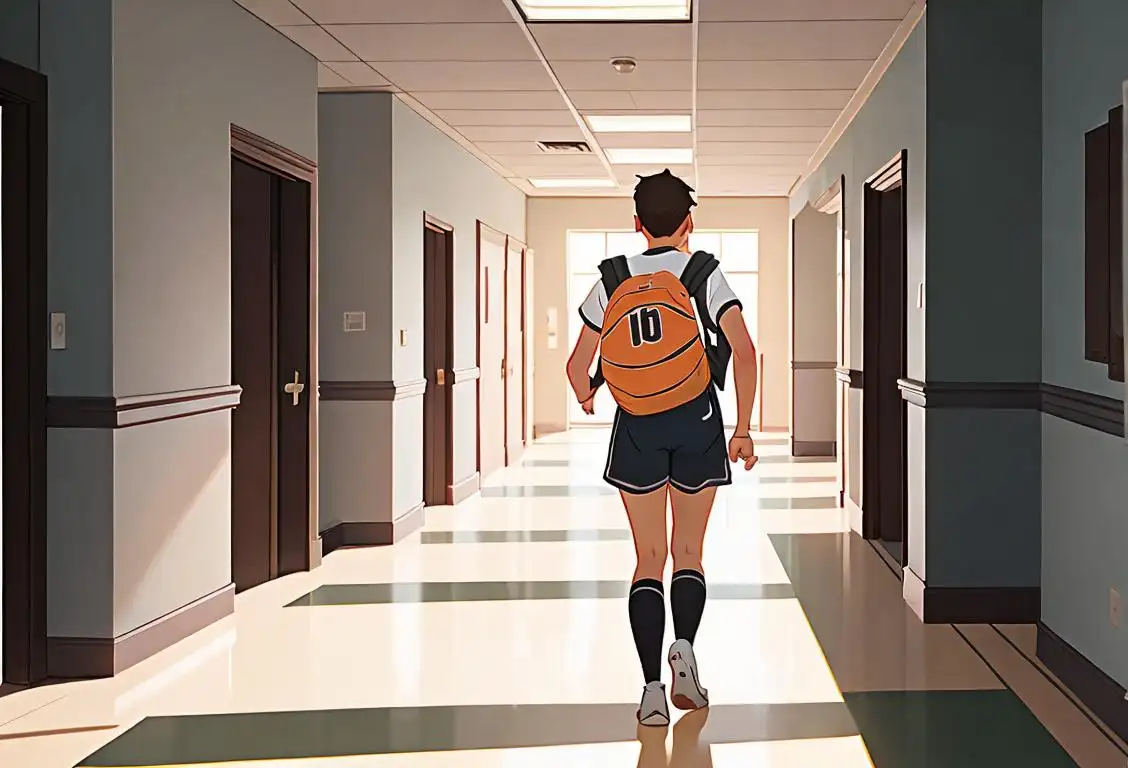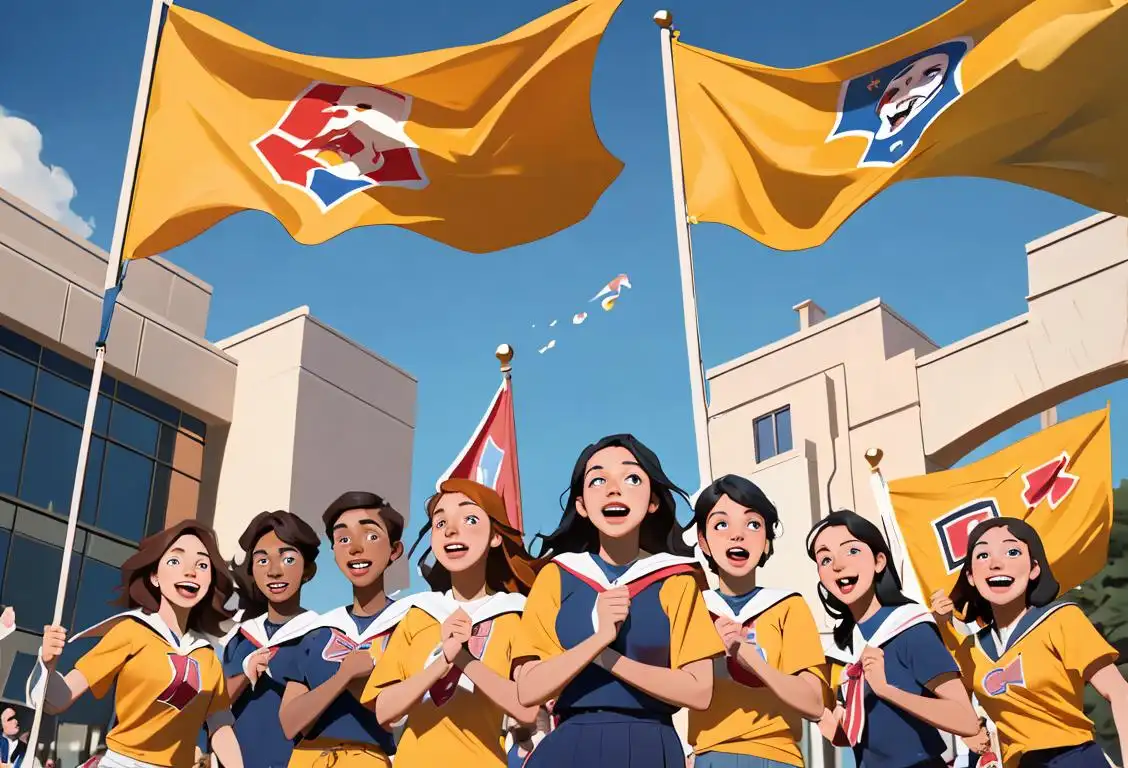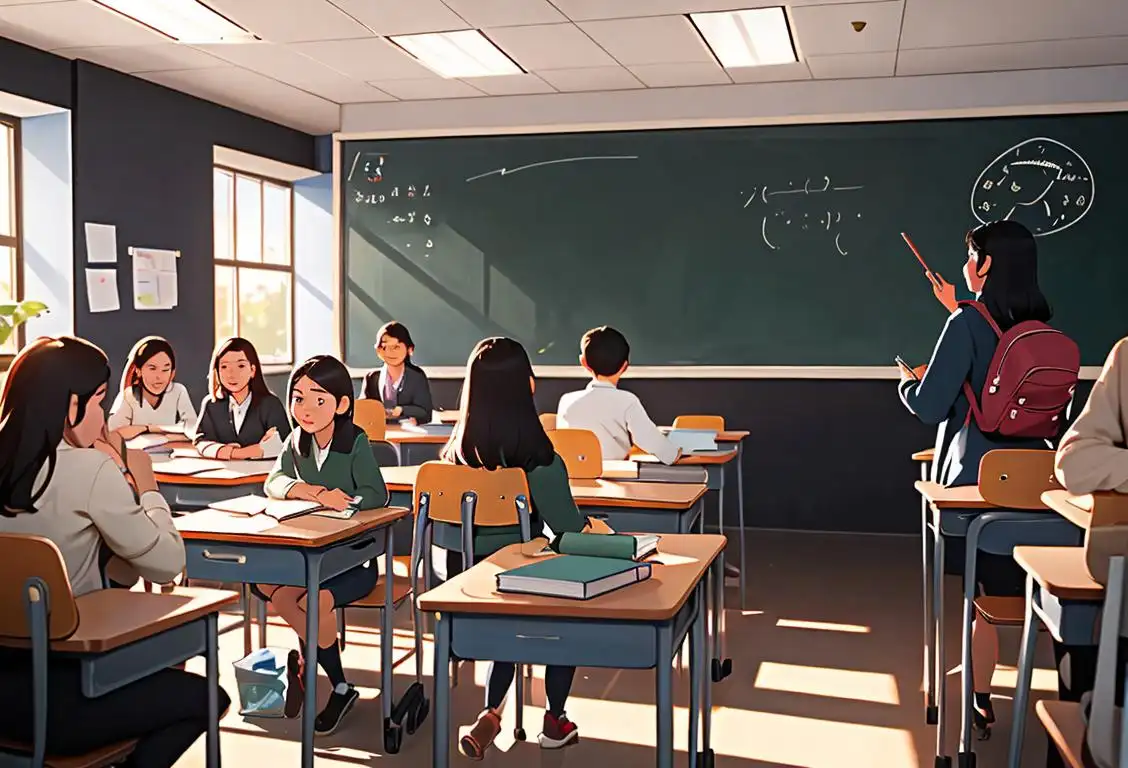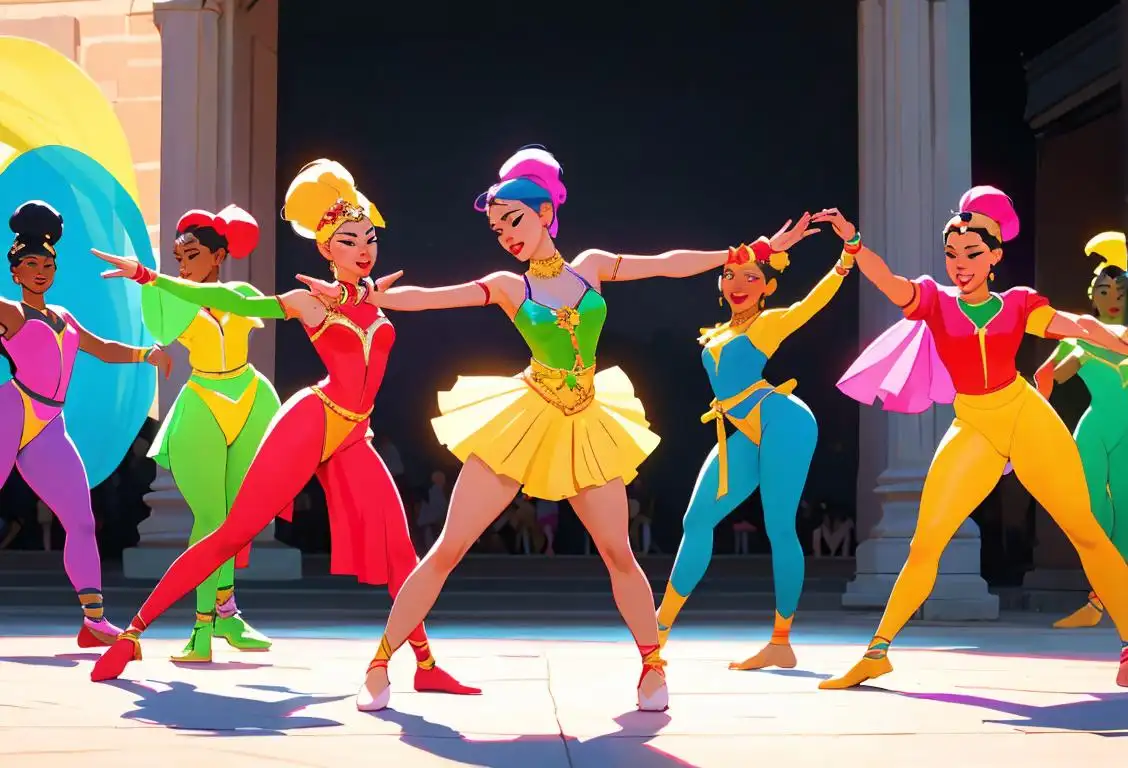National Student Athlete Day

Lockers slamming shut. The roar of the crowd. The sweet taste of victory (or the salty tears of defeat). And textbooks. Lots and lots of textbooks. If you're a bit puzzled by this mix, let us introduce you to our VIP of the day: the Student Athlete. Every 6th of April, we warm up our applause to cheer for National Student Athlete Day. So leave your math homework behind, put on your cleats, and let’s dribble into the charming world of student athletes!
When is Student Athlete Day?
It's national student athlete day on the 6th April.
Welcome to the field
National Student Athlete Day was born out of an admiration for the unique breed of humans who can juggle complex calculus equations in the morning and ferociously dunk some balls in the evening. The day drew an impressive 10031 mentions online in 2020, with the 6th of April proving to be the buzziest day for this event, making it the high jump record of sorts.
The Academic-Athletic Balancing Act
Think you're good at multitasking? Try wearing the hats of a full-time athlete and student simultaneously! The rigorous training, grueling matches, and P.E. injuries? Check. Term papers, group projects, and intimidating exams? Another solid check. We salute the dedication and resilience these student athletes display every day. No wonder they've got a whole day dedicated to their superhuman multitasking abilities!
The Touchdown of the National Student Athlete Day
Although basketball and football might steal the spotlight most of the time, National Student Athlete Day draws attention to all kinds of sports. From the mainstream to the niche, all disciplines are celebrated on this day. This is a moment in the sports league of the year where we appreciate the silent endurance of a long-distance runner, the precision of an archer, the style of a fencer, the strength of a swimmer, and the strategic mind of a chess player. Shine on, all-rounders! This day is for you, no matter what field you're on.
History behind the term 'Student Athlete'
1920
Rise of Collegiate Athletics
The term 'student athlete' originated in the 1920s when college sports began to gain prominence and commercialization. Before this time, students who participated in collegiate sports were primarily seen as students rather than athletes. However, as sports became more competitive, colleges started recruiting talented individuals, leading to the rise of collegiate athletics.
1950
NCAA Formally Recognizes Student-Athletes
In 1950, the National Collegiate Athletic Association (NCAA) formally recognized the significance of student-athletes. The organization emphasized that student-athletes should not be treated merely as athletes but should also be regarded as students with academic responsibilities. This recognition aimed to ensure that the focus remains on education while participating in sports.
1964
Congressional Investigation
By the mid-1960s, concerns began to arise about the treatment of student-athletes and the role of athletics in higher education. In 1964, the U.S. Congress launched an investigation to examine the impact of commercialization and the well-being of student-athletes. This investigation shed light on the challenges faced by student-athletes in balancing academics and athletics.
1973
Term Legalized
The term 'student athlete' gained legal significance in 1973 with a landmark case involving a college football player named Ray Dennison. Dennison suffered a severe injury during a game, and his widow sought workers' compensation benefits. The NCAA argued that Dennison was not an employee but a 'student-athlete,' and therefore, not eligible for compensation. The term became legally recognized, highlighting the unique status of individuals engaged in both academics and athletics.
1983
NCAA Scholarships
In 1983, the NCAA introduced important academic reforms by implementing the Graduation Success Rate (GSR) and Academic Progress Rate (APR) programs. These initiatives aimed to enhance the academic success of student-athletes and their overall college experience. Additionally, the NCAA established scholarships to support student-athletes financially, acknowledging their commitment to both academics and sports.
Present
Continuing Recognition and Support
Today, the term 'student athlete' remains in common usage and denotes individuals who excel both academically and athletically. The concept of being a student-athlete has evolved over the years, with increased emphasis on academic performance, student support services, and ensuring a healthy balance between sports and education. Colleges continue to provide resources and opportunities for student-athletes to excel in both their studies and athletic pursuits.
Did you know?
Did you know that the National Consortium for Academics and Sports (NCAS), a U.S. organization, started celebrating National Student Athlete Day in the year 1987? That's over three decades of sideline cheering, folks!Tagged
awareness fun sports education athletes studentsFirst identified
31st March 2015Most mentioned on
6th April 2020Total mentions
10031Other days
Student Athlete Day
College Colors Day
Students Day
Education Day
Memorial Day
Bird Day
Gymnastics Day
Foundation Day
Cancer Survivors Day
Dance Day








